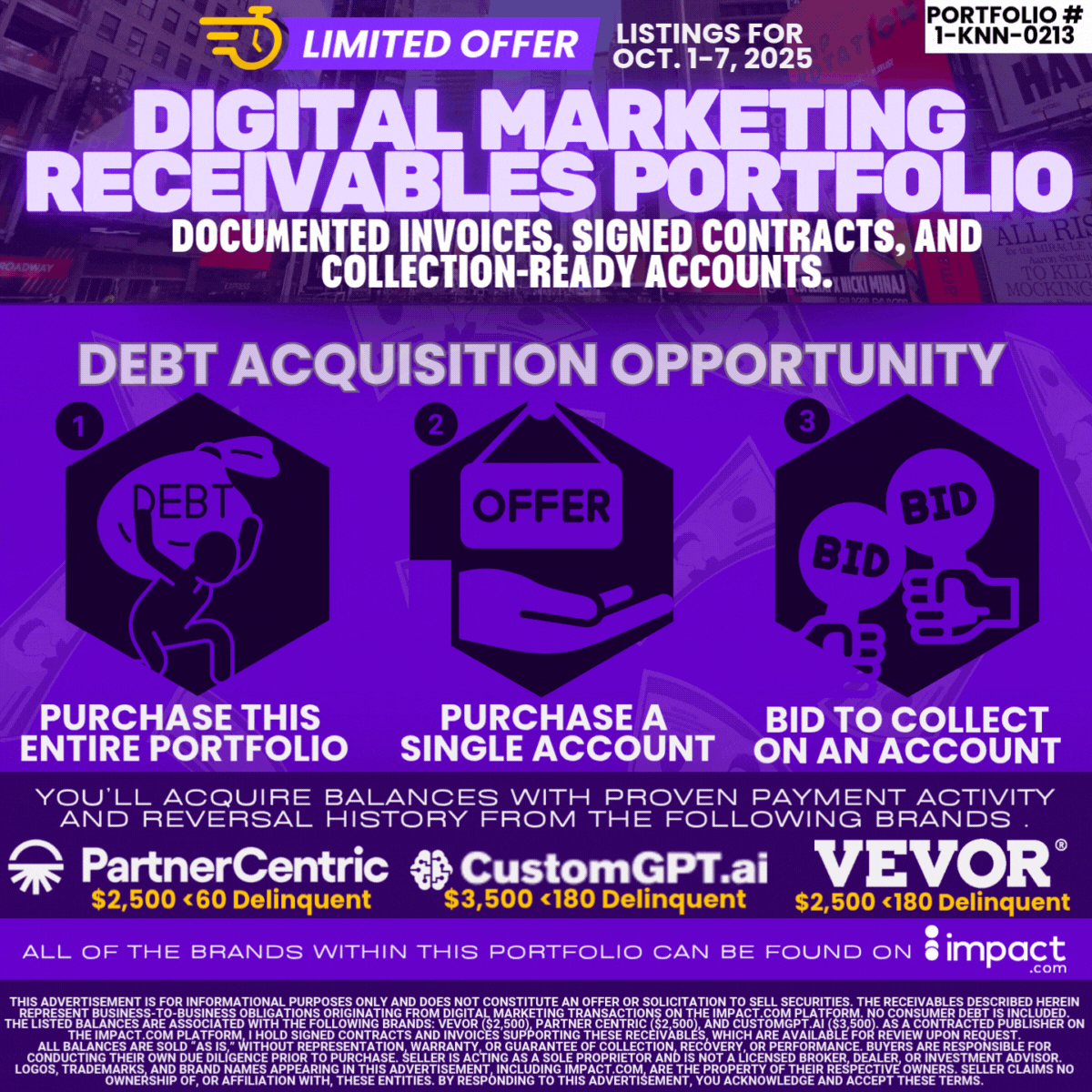Lara Sophie Bothur
- Lara Sophie Bothur was Deloitte Germany’s first corporate influencer.
- Brands need to be more personal, and corporate influencers are the future, she told Business Insider.
- These are her practical tips on how to start representing your company.
Lara Sophie Bothur forged a new career path at the Big Four firm Deloitte — going from consultant to the firm’s first full-time corporate influencer.
Her role was to be the face of the brand, fostering community, translating corporate language into something relatable, and crafting a clear narrative around Deloitte’s work that helped draw in new clients and talent.
Now, Bothur works freelance as a global tech influencer. She is a LinkedIn Top Voice and counts major brands like SAP, Meta, and Salesforce among her clients.
Bothur told Business Insider she believes the future of business communication is in corporate influencing. “There’s so much technology and so many businesses, and they don’t speak the same language. They don’t understand each other. It’s a huge problem,” she said.
She believes there are major career opportunities in this field. Since leaving Deloitte to go freelance this October, she said she’s been overwhelmed by requests.
Alongside her own career, she wants to “inspire the next generation of tech translators,” she said.
These are her top tips for building a career as a corporate influencer.
Align your values with your company
“If you want to represent a company, the first step is making sure your values are aligned. You can’t have different values,” Bothur said.
Her own role as a Deloitte influencer developed naturally. Leaders who knew about her marketing background invited her to help with a campaign, translating ideas from various tech departments into approachable narratives. She found she enjoyed telling stories and was good at building a network for Deloitte through LinkedIn.
“You should never point at someone and say, ‘You are the next corporate influencer,'” said Bothur.
“There must be this intrinsic motivation of communicating a topic, and it must be your passion topic. So it’s something you really want to write about, not only today and tomorrow, but in five to 10 years.”
Lara Sophie Bothur
The next step is to lay out a framework about what you can and can’t communicate. Too much control from the company kills creativity, Bothur said, but the lines should be clear about what you can and can’t speak about.
At Deloitte, Bothur said she worked it out month to month, but would always ask if she wasn’t sure what to post or what to do next. On LinkedIn, she said she tries to find a good balance between telling a personal story and being professional.
“It can be personal, it should be personal, but there must be a good balance between professional content and personal content. There must be a story, what you like about it, why it is relevant to you, and to people. This is what adds value,” she told Business Insider.
Announcing your wedding, discussing fights with your partner, and politics should stay off LinkedIn, she said, but standing up for values like democracy is fine.
Build up your LinkedIn profile
Bothur’s skill at expanding her reach on LinkedIn earned her the nickname “algorithm whisperer” in Germany, she told Business Insider. Building up that network doesn’t happen overnight; it has to be a really active process, she said.
In the early stages, Bothur connected with 100 people relevant to Deloitte per week. But it’s also important to connect offline and build real relationships, she said.
“That is what makes a difference between successful people and not-so-successful people. You really need to meet the people that are following you or your network, otherwise you’re not going to build connections.”
Understand the algorithm
“LinkedIn is a knowledge-sharing platform, and it wants new knowledge to arise,” Bothur told Business Insider.
That means being effective on LinkedIn isn’t just about having a presence. The platform is very technical, and it’s important to continuously analyze why your posts are performing well or not.
“The algorithm is always changing. So you really need to become your own researcher,” said Bothur.
One of the most important hacks she’s learned is to never put an external link in the main body of the post. “The platform wants you to stick to the platform and not go to another one. So put the link in the comments,” she said.
Another trick is to ensure that everyone who is tagged in the post, whether people or corporations, reacts in the first five minutes. Otherwise, the algorithm categorizes the post as spam, Bothur said.
Keeping up with reactions to comments or reposts on the original post also helps the algorithm decide whether your post is working or not. Bothur added that you should always create your own post and never repost something.
Lara Sophie Bothur
Lastly, Bothur had some advice on timings: “Post once a week; otherwise, the algorithm won’t show your profile much.”
“I tested and found out that Saturday is not a good day to post because everyone is on the weekend, but Sunday evening works because everyone is checking LinkedIn mails for the next week.”
She advises people to track their audience to identify when the majority will be awake and online.
“My audience is global, most of them are from Europe, but also from the US and Asia. And so I always try to post at something between 2 p.m. and 4 p.m. because then the Americans are awake, Europeans are still in the middle of the day, and I can still reach India,” she said.
Do you have a story to share about your career as a consultant? Contact this reporter at pthompson@businessinsider.com
Content Accuracy: Keewee.News provides news, lifestyle, and cultural content for informational purposes only. Some content is generated or assisted by AI and may contain inaccuracies, errors, or omissions. Readers are responsible for verifying the information. Third-Party Content: We aggregate articles, images, and videos from external sources. All rights to third-party content remain with their respective owners. Keewee.News does not claim ownership or responsibility for third-party materials. Affiliate Advertising: Some content may include affiliate links or sponsored placements. We may earn commissions from purchases made through these links, but we do not guarantee product claims. Age Restrictions: Our content is intended for viewers 21 years and older where applicable. Viewer discretion is advised. Limitation of Liability: By using Keewee.News, you agree that we are not liable for any losses, damages, or claims arising from the content, including AI-generated or third-party material. DMCA & Copyright: If you believe your copyrighted work has been used without permission, contact us at dcma@keewee.news. No Mass Arbitration: Users agree that any disputes will not involve mass or class arbitration; all claims must be individual.









